News
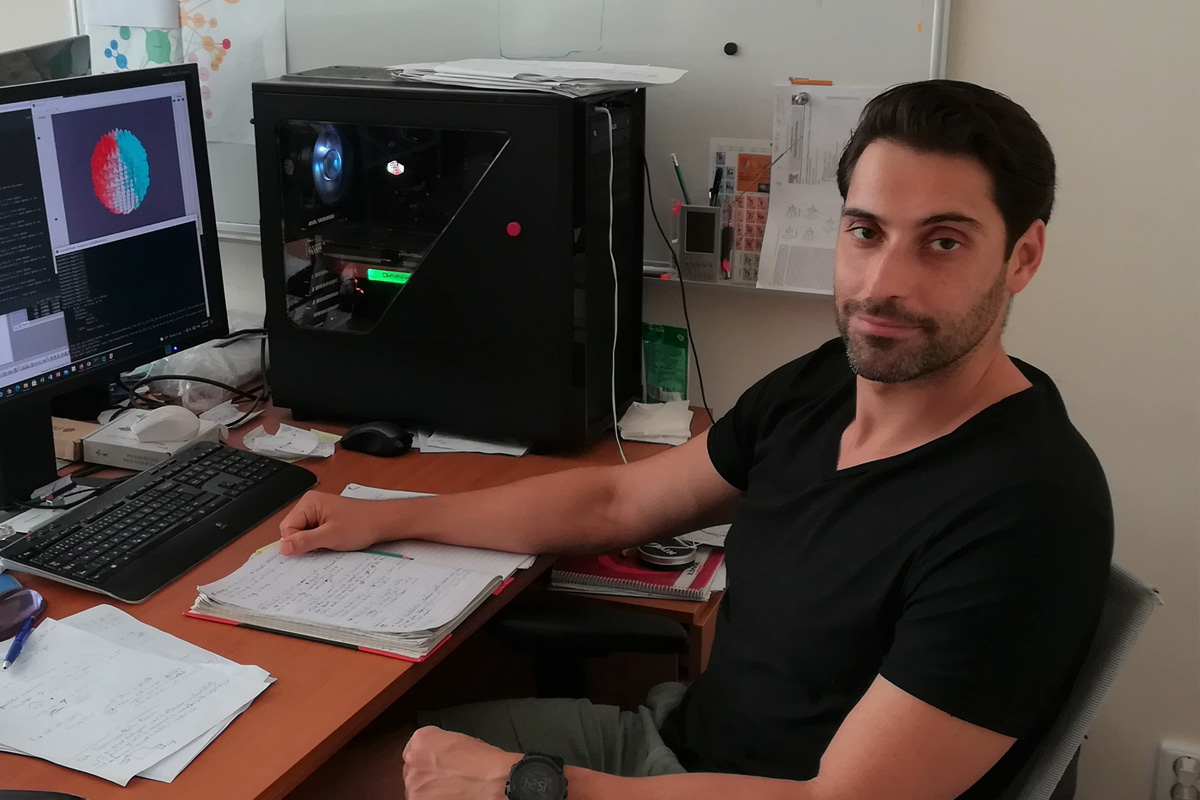
Until recently, it was believed that the heating properties of magnetic nanoparticles (MNPs) in high-frequency magnetic fields depend simply on the particle size and their basic magnetic properties, such as blocking temperature, average magnetic moment and magnetic anisotropy. MGML scientists found that heating with magnetic nanoparticles is much more complex.
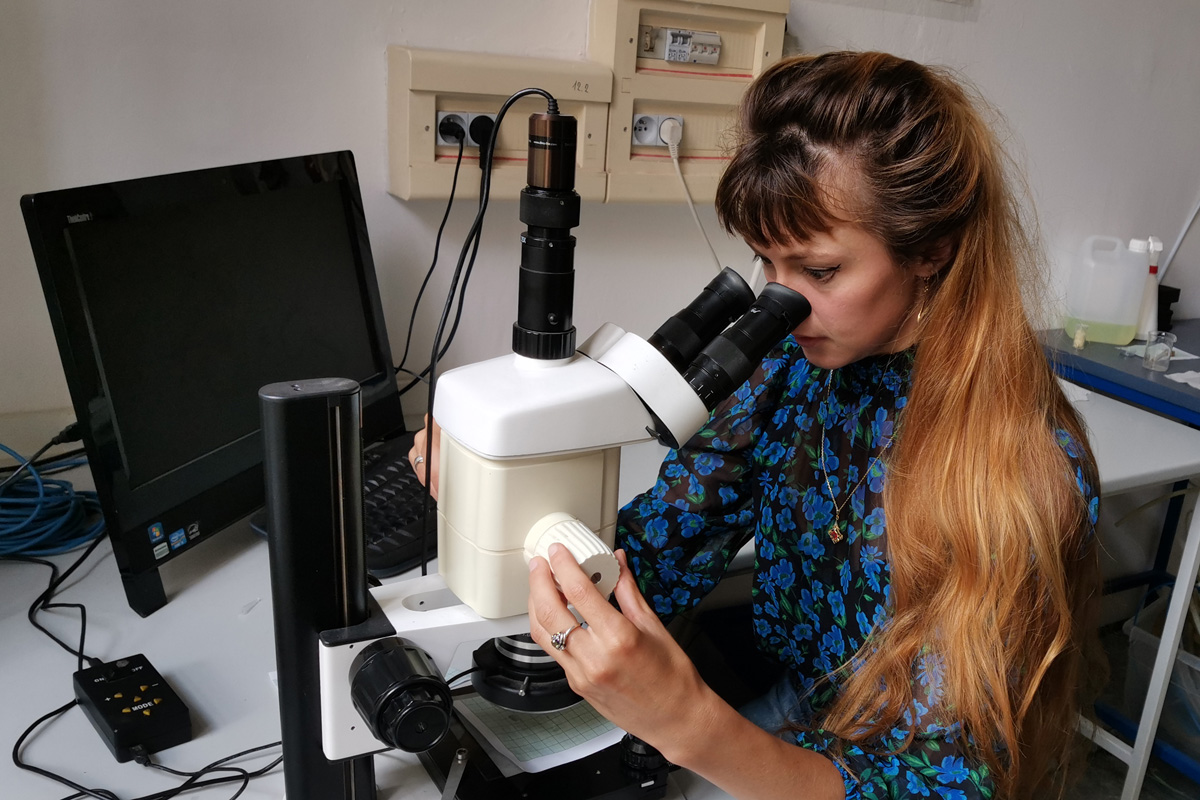
The project of Kristina Vlášková titled “Electon properties of R2T2O7 pyrochlores with the strong spin-orbit coupling” was evaluated as excellent by the Grant Agency of Charles University. The number and quality of project outcomes – 7 publications in scientific journals with impact factor – are tightly connected with the results obtained within the MGML laboratories.
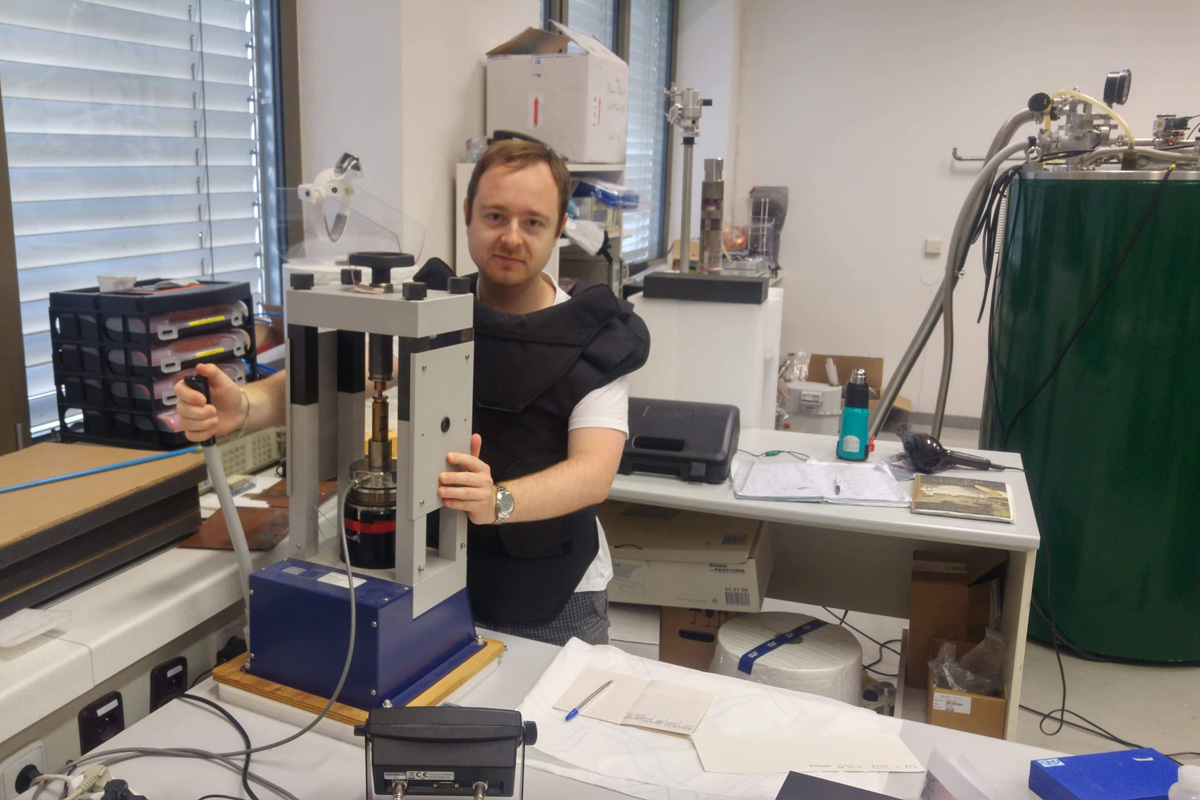
The ferromagnetic compound VI3 has been already investigated in the MGML laboratories as a member of a family of quasi-two-dimensional (2D) van der Waals materials showing promising application potential for the design of spintronic devices. As a next research step of this unique system, we have focused on the evolution of its magnetism in external pressure up to 7.3 GPa…
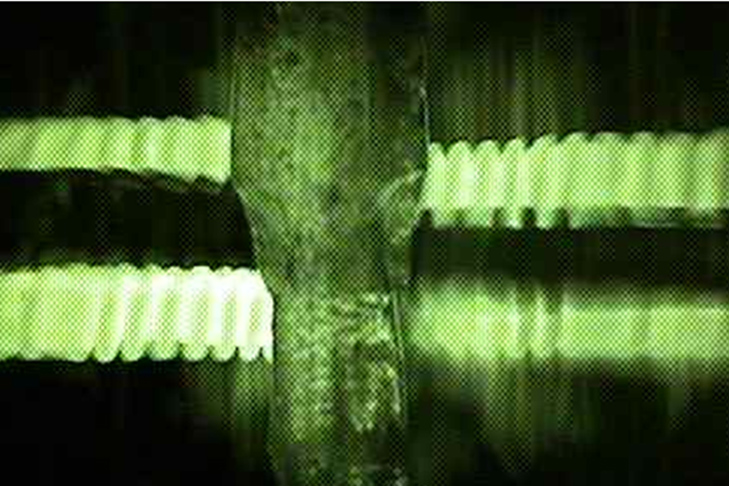
Recent study of PhD student H. Saito from Hokkaido University is a typical example of a long-term experimental proposal at MGML. He spent almost a year in Prague, where he grew several single crystals of UNi4B and performed its detailed characterization. The work continued at our partner infrastructure HLD, resulting in the new findings on the field of quantum computing.
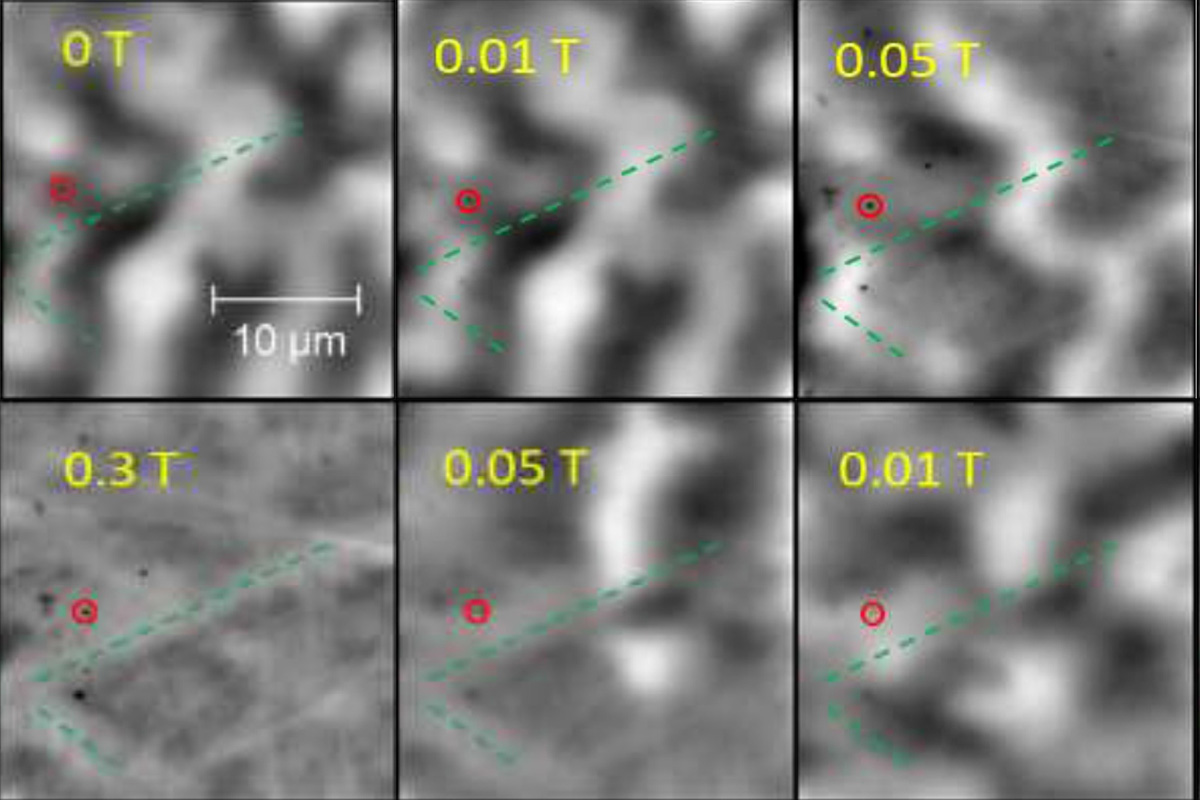
Low temperature magnetic force microscopy can be used to study magnetic domains in both thin films and (well polished) bulk materials. MGML scientists have performed such studies of an uniaxial ferromagnet UCoGa prepared in single crystalline form, showing extremely narrow magnetic domain walls.
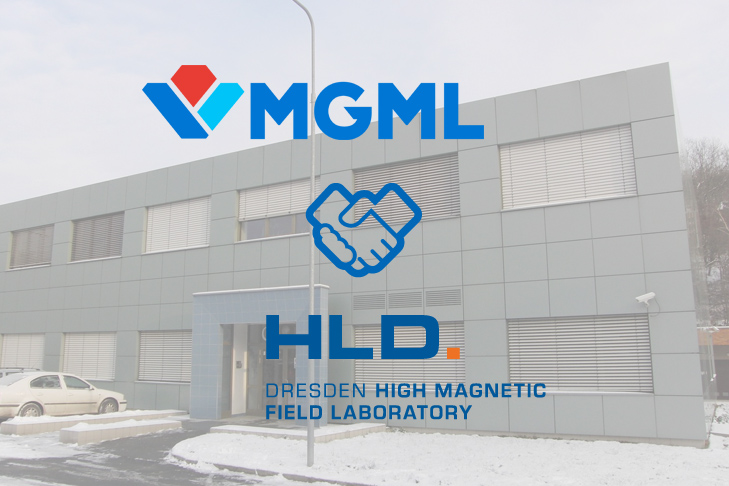
The Memorandum of Understanding between Charles University and Helmholtz-Zentrum Dresden-Rosendorf e. V. (HZDR) has been signed. The aim of the Memorandum is to broaden and deepen the scientific and technological cooperation as well as extend the collaboration towards various new activities between two Large Research Infrastructures.
